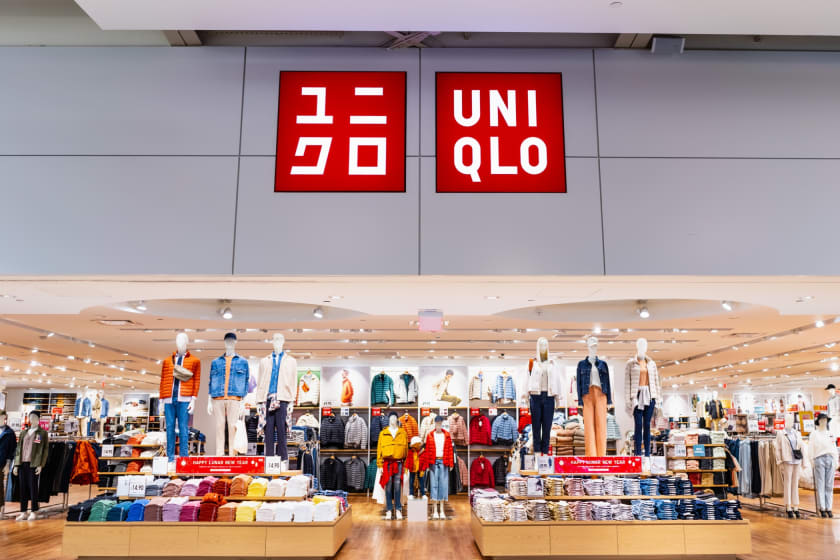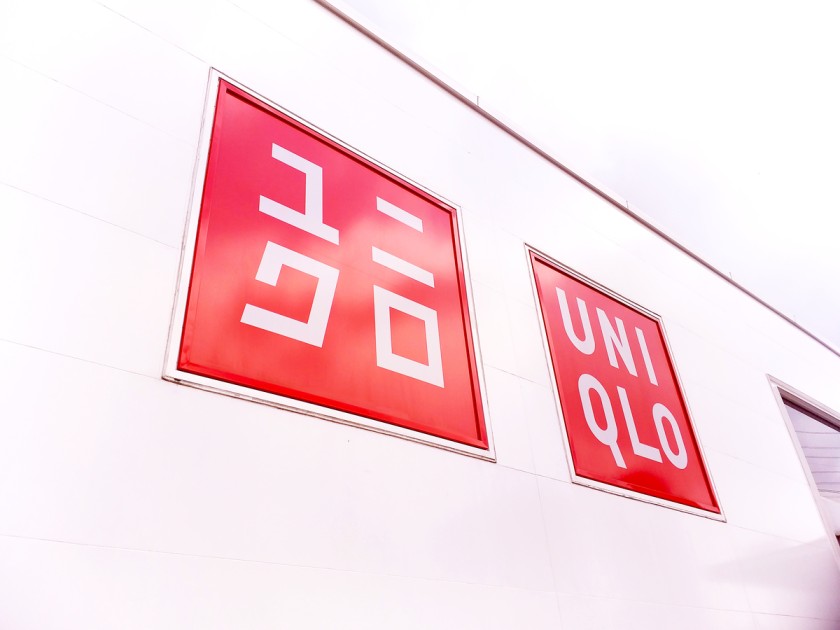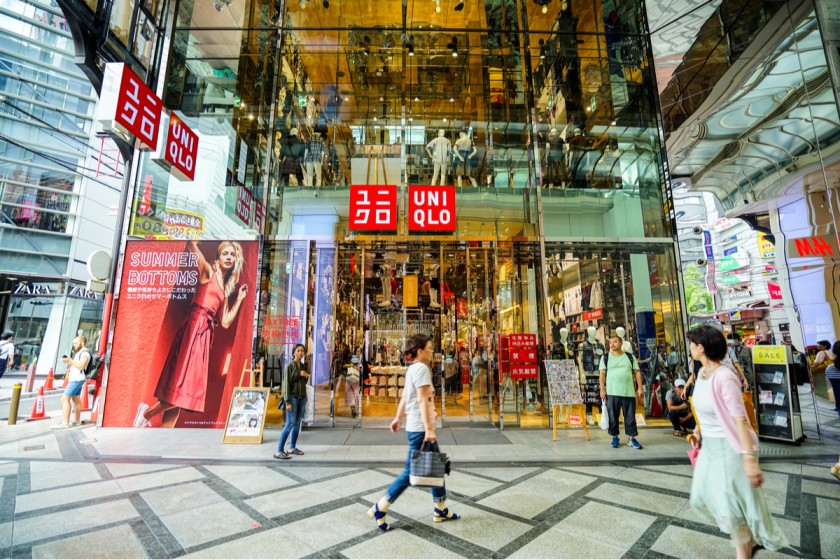Fast Retailing: How can your clothing brand reach the heights of Uniqlo?



If you are a new clothing brand trying to establish yourself, the ideal example to study and learn from is Uniqlo. The Japanese firm, a virtual unknown outside Japan around a decade ago, has become an extremely familiar clothing brand world over.
Their success story is phenomenal. Uniqlo’s business strategy that integrates the whole clothing manufacturing process, from planning and design through production, distribution, and retail has worked wonders for them.
To build a brand that models the success of Uniqlo, one needs to understand what Uniqlo’s business model is and what are the practices that set them apart.
What is the business model of Uniqlo?
Uniqlo’s market share is growing throughout the globe as the company collaborates with the world's leading fabric technology experts to produce radical new materials and crafts basic designs utilising excellent natural materials.
Tadashi Yanai, Uniqlo’s Japanese founder, has consistently stressed putting the customers first and being self-disruptive.
In today's increasingly digital environment, Uniqlo also takes advantage of the opportunity to engage directly with clients and swiftly translate their wants into genuine goods.
Uniqlo brand strategy

The Uniqlo brand strategy comprises of the following elements:
- A distinct vision is embodied in Uniqlo's marketing statement, which states: "Uniqlo is a contemporary Japanese firm that encourages people all over the globe to dress casually." Uniqlo claims its business strategy has been successful so far. It has opted to ‘totally reject fashion’ rather than follow quick trends like its competitors.
- The ‘Made for Any’ philosophy positions its clothing to transcend age, religion, ethnicity, and any other categories that might be used to categorise people. Contrary to its name, the apparel it sells is simple, functional, and universal, allowing clients to fit it into their distinctive style.
- "Uniqlo is not a fashion company. It is a technology giant," says Uniqlo CEO Yanai. This may be seen in his product development technique and effective supply chain. The brand's approach to garment production has much more in line with the incremental way to product design that has grown popular in the tech industry than with the fast-fashion industry's cyclical, trend-driven rhythm.
- Uniqlo takes the opposite approach to its primary competitor Zara, which has established the world's largest garment business by responding swiftly to changing trends rapidly and getting goods from production to store within a short span of time. Unlike its competitors, Uniqlo aims at developing a few styles of urban functional needs that are accessible to everyone, rather than offering an extensive range of modern fashion influenced by the global runway.
Commitment to innovation - Uniqlo’s USP?
Innovation and marketing are two distinct but essential pillars that every brand must build its strategy around. And Uniqlo is aware of this. Uniqlo takes innovation extremely seriously. Uniqlo employs ‘Takumi’, Japanese textile experts, who work closely with other Japanese and Chinese companies to develop new high-tech materials regularly for Uniqlo.
For example, in collaboration with Toray Industries, Uniqlo created HeatTech, a cloth that transforms wetness into warmth. Since the HeatTech material is lightweight and comfortable, the company has created trendy designs that appeal to customers from different backgrounds.
In addition, HeatTech's innovation continues to improve over time as new fibre technology is introduced, enabling the firm to develop a variety of thermal apparel. In fact, 1.5 million HeatTech products were sold in the first year of business in 2003. By 2012, nearly 130 million units had been sold across 250 distinct models.
Uniqlo has also produced inventions such as AIRism, LifeWear (a mix of informal and sporty), and UV Cuts, in addition to HeatTech. These new fabrics are all trademarked and protected, making it harder for competitors to imitate them in their products and services.
According to reports, Tadashi Yanai feels tech giant Apple is Uniqlo’s most significant competitor since the clothing brand aspires to be known as the world's most innovative company.
How can your brand reach the heights of Uniqlo? What to do?

1. Establish your brand and choose a path
While it is critical to have a brand name for your clothing line, many overlook the next significant step: establishing your brand in a particular market. You must be clear about who you are creating your products for and have a single point of concentration. For example, if your clothing line is entirely devoted to sportswear, it wouldn't make sense to sell products with formal clothing designs.
On occasion, we see well-established clothing lines with one or two eccentric designs or products tossed in. While testing new waters is alright, the first step is to ensure people identify your brand with one particular vertical. That helps them become acquainted with it.
2. Continue to research, research, and more research
Research, research, and do more research. Don't simply sell your goods; know what you're selling and to whom you’re selling. With so many distinct alternatives accessible for customers, you need to put in the time or effort to investigate your customers’ buying trends and preferences. The research will help you understand what your customers need and how to streamline your offerings to help them get what they want.
3. Promote
So, your products are finally ready. So, what do you do now? Now it's time to sell the living daylights out of them (it's ideal to have a marketing strategy in place before the shirts arrive—you could even pre-promote them ahead of time to generate excitement around the release!). Have you given serious consideration to your marketing strategy?
If you don't, you're going to have a difficult time.
4. Create a variety of alternatives and observe which ones sell the best
Launching a profitable clothing brand entails selling different products, providing consumers with a variety of alternatives. Now, you must recognise that not everyone will want to wear the same style, design, or colour scheme. So, you either create a variety of alternatives for your customers and see which sells best and then adapt your strategy.
For example, you’re looking to launch a series of t-shirts. If you're working with a limited budget, consider beginning with two to four distinct designs. This way, you can see what works and what doesn't, and you can replace the t-shirts that aren't doing well with something else. Experimenting is essential for long-term success, so don't be afraid to take risks and try new things.
5. Invest in your website
Well, of course! However, you'd be amazed how many fashion marketers put their websites on the back burner. It is critical to treat your website with the same love and care you would give to a kid.
Okay, maybe that's a little theatrical. But the point is that the appearance, feel, and operation of your website is crucial since it functions as your brand's virtual shop. So ensure that you are always updating, testing, and keeping your website’s user interface seamless at all times—just as you would for your business front display.
6. Price and quality balance
What are your products and who are your customers?
Low-quality products may be more affordable and reach a wider range of customers than high-end ones. Try to keep all of your offerings aimed at the same market. Consider the quality of your product, the materials used, the production expenses, your target audience, and the competitors. Then, decide on a price range that is appropriate for your products. Try to charge a premium on higher-quality or one-of-a-kind products that are in great demand.
7. Learn from the customer-centric brand positioning of Uniqlo
Uniqlo has been tireless in its goal of providing high-quality comfort apparel to people of all ages and backgrounds, always placing the client at the centre of its business strategy. To become the dominant brand in every nation where the company operates, their CEO Tadashi Yanai is on a quest to reimagine consumer experiences via a comprehensive omnichannel strategy.
In order to establish Uniqlo as a worldwide brand, Yanai has guaranteed that every employee in the firm communicates in English, distinguishing the company from the way typical Japanese corporations do their business. Therefore, regardless of their position, every stakeholder has the chance to express their opinions in an open and transparent environment where everyone is heard.
This is a strategy you should learn from. Always position your brand ideals in a way that resonates with the market you’re looking to capture.
Have you ever heard of the famed "Welcome to Uniqlo" ad campaign? Uniqlo has invested in educating its storefront personnel to provide the greatest possible customer care. Uniqlo has established a training centre in Tokyo where it annually teaches approximately 1500 shop personnel.
Conclusion
Creating your clothing brand has never been easier or more affordable than now. Setting up an internet store takes just a few minutes, and there are more tools than ever available to assist you in getting started.
But your brand’s success depends on a lot of factors. Now, there is no magic guide one can read and instantly create success out of. Being in constant touch with your customer and market is paramount. As is innovation and marketing.
But you can also take a leaf out of brands like Uniqlo which have concocted success through a distinct approach. While those exact methods might not be the right one for your brand, the core values that have propelled a brand like Uniqlo can work wonders for any brand.



















